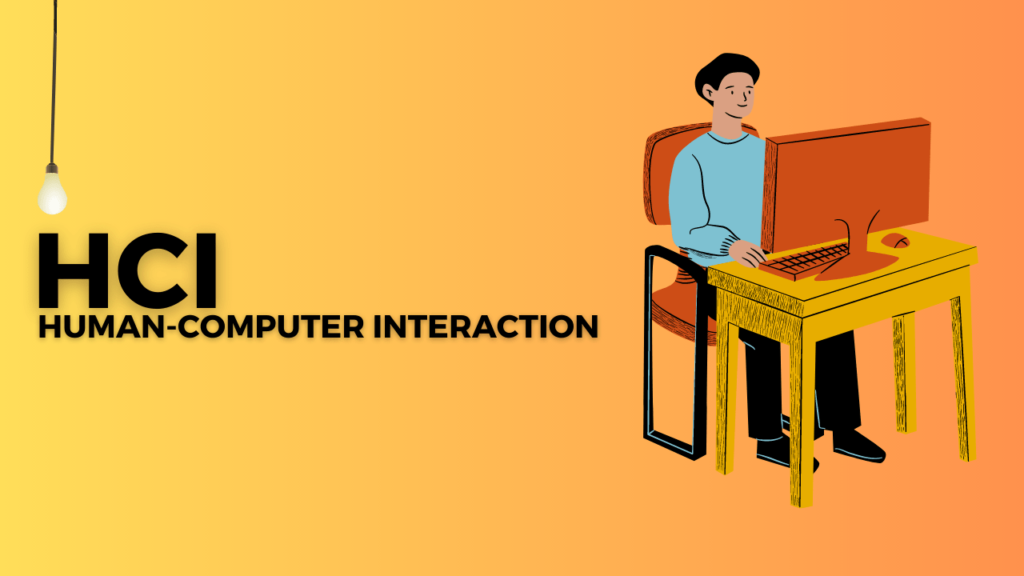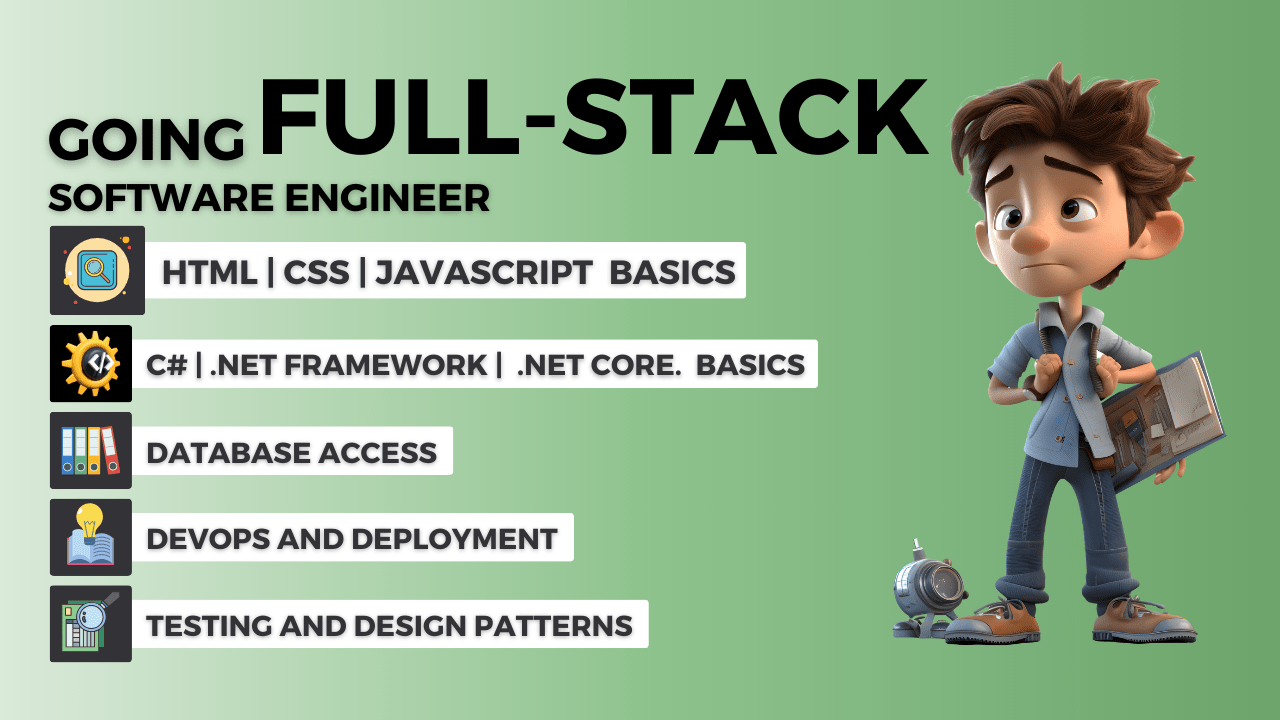Exploring Human-Computer Interaction in Web/App Development

Since the rise of computers, the interaction of humans and computers have been more important than ever before. In fact, it is probably the most important field that has resulted in the rise of computers or general digitalisation by making a computer useful to the point where it can be used by people of all ages. We’ll be exploring Human-Computer Interaction in Web/App Development.
What is Human-Computer Interaction (HCI)?
HCI was the term heard in the 1980s for the first time by John M. Carroll. Human-Computer Interaction is the study of how people interact with computers. In other words, it is the study of the optimisation of how computers and people are interacting. It is a multidisciplinary field that covers a variety of fields including design principles, psychology, and computer science etc. This allows us to build a user-friendly product that takes a lot of factors into account to come to a final product design, which enhances the Human-Computer interaction. Generally, it would include the interface design, user-centred design, and user experience design.
Interface Design is the process of creating user-friendly and visually appealing interfaces for digital products. This would involve designing the layouts, and interactive components etc.
User-Centred Design is the process of designing the process and systems that prioritises a combination of wish, want and need of the end-user. Moreover, it involves the multi source insights such as research and user feedback to comprehensively understand the target users to ultimately enhance the product.
User Experience Design is the process of bringing the improvements to the user satisfaction by improving the usability, and accessibility of the product. It involves the comprehension of the needs and goals of the users, with research being conducted that aligns with those insights.
Fields of Human-Computer Interaction (HCI):
As stated earlier, HCI is a multidisciplinary field that drives multiple fields:
User Experience (UX) Design is an HCI field that is focused on the creation of the products that are user-friendly and well targeted to provide a positive experience for the users.
Human factors is an HCI field that is focused on improving human performance and safety while interacting with the technology. This involves understanding and studying the human psychological factors.
Cognitive Psychology is an HCI field that is focused on human’s behaviour, which is taken into account while designing any system. This includes the exploration of how humans take, think and process the information.
Information Visualisation is an HCI field that is focused on the presentation of the data visually to the users in the best possible ways. This requires an understanding of humans and the technology to be able to enhance the overall presentations of information.
Interaction Design is an HCI field that is focused on the particular interaction that improves the effectiveness of user tasks and system usage.
Usability is an HCI field that is focused on the usability of the products from the user perspective.
Accessibility is an HCI field that is focused on making all the features and functionality as well the products as whole, and improving its accessibility to the targeted audience.
Social Computing is an HCI field that is focused on the socialising of humans using computers such as social media platforms. This includes Facebook, Instagram etc.
These were a few fields of HCI. Depending upon the nature of the product, there are different HCI principles that could be implemented and used. A strong combination of relevant HCI principles would add value to the product and provide the business with the competitive advantage.
Why is it important?
Higher chances of product being a success: By the use of Human-Computer Interaction principles, the product has higher chances of succeeding with the targeted audience, as multiple factors have been considered before and during the process designing a product. Understanding the user’s wish, want and need as well as their behaviour through the research and feedback improves the chances of the product being successful, and the product is more likely to resonate with its target audience.
Increased User Satisfaction: The use of HCI principles ensures increased user satisfaction. A product made considering a number of user factors and HCI principles would likely have more chances of leaving customers satisfied with its ability to be able to solve the customer problems efficiently. This also increases brand loyalty, encouraging word of mouth recommendations, which leads to a more loyal customer base.
Competitive Advantages: Implementation of HCI principles would also give a business a competitive edge in the market. A well-designed product with HCI principles tends to stand out among its competitors due to its attractive nature to deliver exceptional service and satisfy the user, which also improves the business reputation.
Increased Customer Engagement: Following the HCI principles lead to more interactive and captivating user experience, which results in the increased customer engagement. Customer engagement is more likely to be higher when the product is designed considering multiple factors including the research and feedback from the target audience.
Fit for the targeted audiences: Complying with the HCI principles and rules would likely lead to a well-designed product, which means it will be fit for the targeted audience. A well-designed product would address the core issues for the customer, and serve the person. As a result, brand loyalty and reputation would increase.
Increased Conversion Rate: HCI-driven designs are products with a strong focus on key points to serve the customer. This reduces the barriers to seamless interactions, and increases the conversion rate.
What is the difference between the HCI and UX design?
Human-Computer Interaction (HCI) and User Experience (UX) are related fields that have the same purpose of studying and improving the interaction between humans and technology, but with different focus areas. In fact, User Experience has evolved from the HCI. Overall, HCI is a huge field that overlaps with other fields. These are the key differences between the HCI and UX design:
Focus
HCI is a vast field that includes the study of how humans interact with computers and other related technologies. In brief, it inspects the design, evaluation, and implementation, while taking into account multiple factors from usability, accessibility and cognitive psychology etc. Overall, it is focused on the wider scale without any specific focus area.
Meanwhile, UX design is more like a division of HCI that is very specific in its focus. The focus area for the UX designing is user experiences for digital products or services. This includes creating seamless, meaningful and easy to understand interfaces that accommodate the need, behaviour and emotions of the target audience.
Context
As stated earlier, HCI is a vast field that includes study of the interaction of humans and computers. This means that it can be applied to various technological systems, including virtual reality, command-line interfaces, and robotics etc. Generally, HCI principles can be applied to a variety of fields within the technology. In fact, it can be also applied to some other fields outside of technology.
UX design comes with a targeted digital product or service. It is only concerned with the improvements of user experiences in the context of the digital products.
Interdisciplinary Nature
HCI is an interdisciplinary field, which means that it is made up of multiple fields and multiple factors. This includes design principles, computer science, cognitive psychology, and other related disciplines.
Comparatively, UX design is also an interdisciplinary field. However, it is highly focused on user experience design, which includes design, psychology, branding and information architecture, and other related disciplinary fields within the user experience field.
Conclusion
In conclusion, Human-Computer Interaction (HCI) is extremely vital throughout multiple fields, including web and app development and user experience as well as general interactions. Meantime, UX design is a subset of HCI. However, it is focused on digital experiences. By solidifying HCI and UX principles, businesses can increase the user satisfaction, conversion rates and engagements. Ultimately, this would increase the success rate of the business and provide it with the competitive edge.
Related Posts
How to become a .Net Full Stack Software Engineer? In the vast field of rapidly growing technology, it becomes harder to understand …
Question Q = Make a simple Login program that can take Username and Password and log in the system. How are we …


